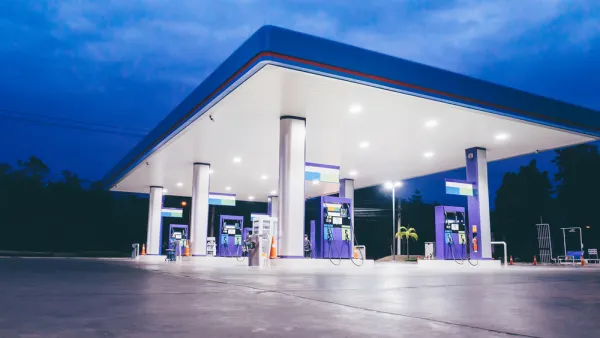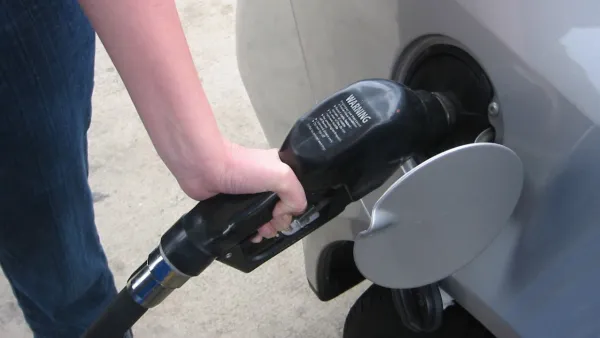Transportation ballot measures are popular this November: over 70 populate ballots across the country. In California and elsewhere, they supplement declining federal and state funds for local infrastructure.

Local transportation tax increases are generally quite popular (as tax increases go), and not just among Democrats. This November, Steve Scauzillo writes, "Nearly one-third of California's 58 counties will ask voters to approve transportation taxes, part of a record-setting number of measures appearing on ballots across the nation."
Local transit tax measures have long been on the rise. According to Jason Jordan at the Center for Transportation Excellence, if every such tax increase in the United States passes this year, they will raise $175 billion for transportation infrastructure.
On the local level, that's impressive, and necessary. Federal and state funding, which localities have come to rely on, is getting harder and harder to obtain. "In California during the last fiscal year, local funding equaled $14 billion, twice the amount of federal and state funds. The state has a $57 billion, 10-year shortfall in maintaining freeways and state highways." Part of the problem lies with the federal gas tax, which hasn't been raised for 22 years, allowing the Highway Trust Fund to deplete.
Additionally, getting federal grants in the first place often involves fronting some part of the money. "Several smaller counties, such as Placer and Humboldt, need to bank transportation dollars from local residents in order to pry even the smallest federal grant from Washington to widen a freeway or fix the potholes."
But voters appear willing to pay higher taxes to fund specific local projects. Businesses and residents can align behind the economic benefits of good local infrastructure. And, the article notes, nobody can take it away.
FULL STORY: Why everyone wants to join the transportation tax bandwagon across California, US

National Parks Layoffs Will Cause Communities to Lose Billions
Thousands of essential park workers were laid off this week, just before the busy spring break season.

Retro-silient?: America’s First “Eco-burb,” The Woodlands Turns 50
A master-planned community north of Houston offers lessons on green infrastructure and resilient design, but falls short of its founder’s lofty affordability and walkability goals.

Delivering for America Plan Will Downgrade Mail Service in at Least 49.5 Percent of Zip Codes
Republican and Democrat lawmakers criticize the plan for its disproportionate negative impact on rural communities.

Test News Post 1
This is a summary

Test News Headline 46
Test for the image on the front page.

Balancing Bombs and Butterflies: How the National Guard Protects a Rare Species
The National Guard at Fort Indiantown Gap uses GIS technology and land management strategies to balance military training with conservation efforts, ensuring the survival of the rare eastern regal fritillary butterfly.
Urban Design for Planners 1: Software Tools
This six-course series explores essential urban design concepts using open source software and equips planners with the tools they need to participate fully in the urban design process.
Planning for Universal Design
Learn the tools for implementing Universal Design in planning regulations.
EMC Planning Group, Inc.
Planetizen
Planetizen
Mpact (formerly Rail~Volution)
Great Falls Development Authority, Inc.
HUDs Office of Policy Development and Research
NYU Wagner Graduate School of Public Service





























